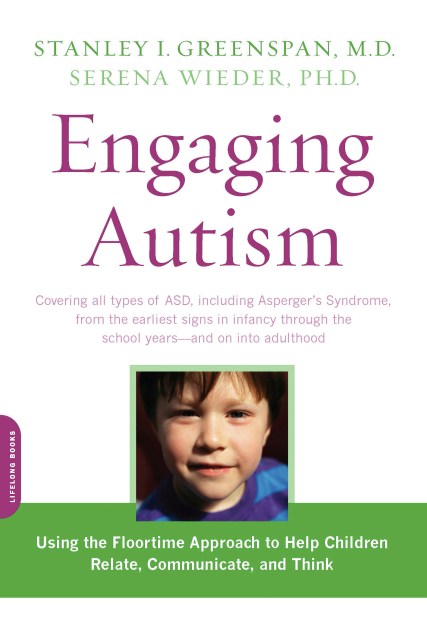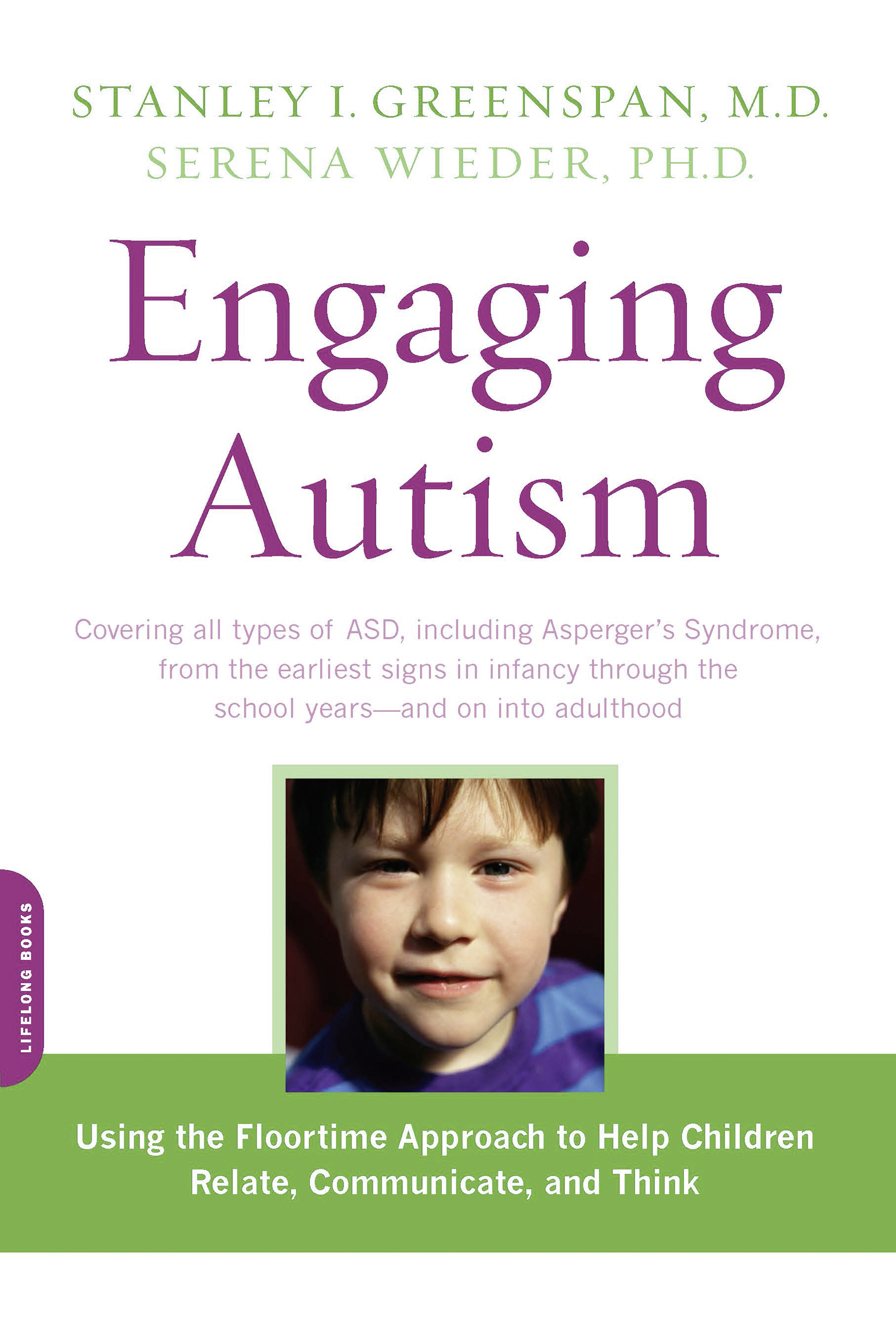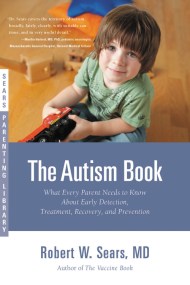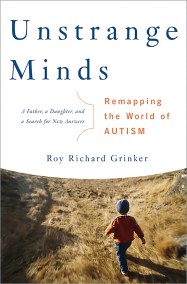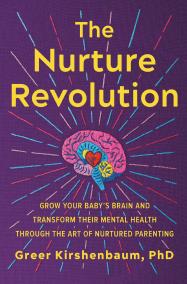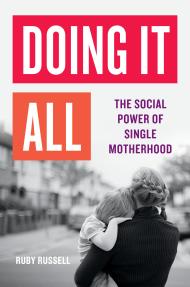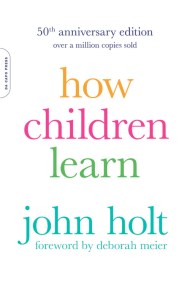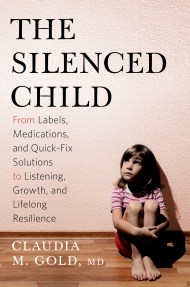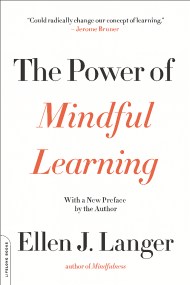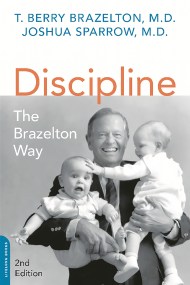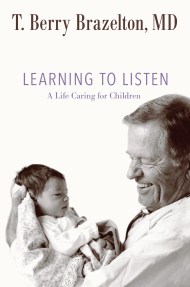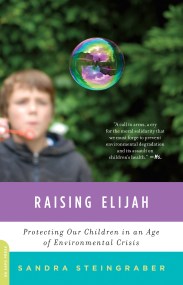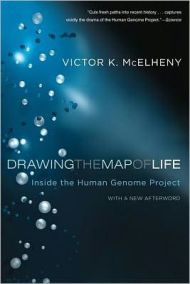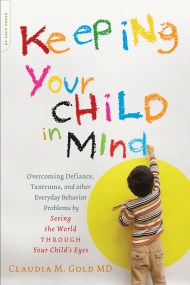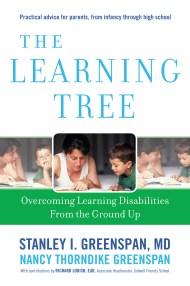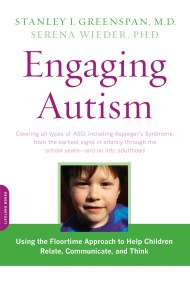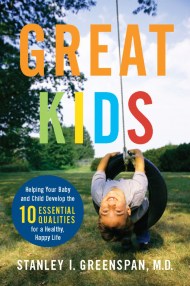Promotion
Use code MOM24 for 20% off site wide + free shipping over $45
Engaging Autism
Using the Floortime Approach to Help Children Relate, Communicate, and Think
Contributors
Formats and Prices
Price
$12.99Price
$15.99 CADFormat
Format:
- ebook $12.99 $15.99 CAD
- Trade Paperback $19.99 $24.99 CAD
This item is a preorder. Your payment method will be charged immediately, and the product is expected to ship on or around April 3, 2007. This date is subject to change due to shipping delays beyond our control.
Also available from:
An essential guide to the highly recommended Floortime approach for treating children with any of the autism spectrum disorders (ASD).
From the renowned child psychiatrist who developed the groundbreaking Floortime approach for children with autism spectrum disorder, Engaging Autism is a clear, compassionate road-map for parents. Unlike approaches that focus on changing specific behavior, Dr. Greenspan’s program promotes the building blocks of healthy emotional and behavioral development, showing that children with ASD do not have a fixed, limited potential, and may often join their peers to lead full, healthy lives. With practical advice for every scenario you may face with your autistic child at any age — including sensory craving, overactivity, avoidant behavior, eating, toilet training, developing social skills and more — Engaging Autism offers hope for families and redefines how we see children with ASD.
Genre:
-
"The book contains many useful ideas and thought-provoking theories...As a general guide offering practical examples and explanations, Engaging Autism will be a welcome reference work for many."Curled Up with a Good Book
-
"A must read for parents, caregivers, teachers, physicians, psychologists and psychiatrists who have been frustrated in their attempts to help young and older children with autism. Its methods will give all of them more than just a ray of hope."Blogcritics.org
-
"For parents looking for new ways to work with their autistic children, this book would be extremely helpful."Mid-Ohio Valley Parent
-
"This large, useful book offers a good overview of ASD."Toronto Globe & Mail
- On Sale
- Apr 3, 2007
- Page Count
- 448 pages
- Publisher
- Da Capo Lifelong Books
- ISBN-13
- 9780738211374
Newsletter Signup
By clicking ‘Sign Up,’ I acknowledge that I have read and agree to Hachette Book Group’s Privacy Policy and Terms of Use
